Audi 2015 Annual Report Download - page 178
Download and view the complete annual report
Please find page 178 of the 2015 Audi annual report below. You can navigate through the pages in the report by either clicking on the pages listed below, or by using the keyword search tool below to find specific information within the annual report.-
 1
1 -
 2
2 -
 3
3 -
 4
4 -
 5
5 -
 6
6 -
 7
7 -
 8
8 -
 9
9 -
 10
10 -
 11
11 -
 12
12 -
 13
13 -
 14
14 -
 15
15 -
 16
16 -
 17
17 -
 18
18 -
 19
19 -
 20
20 -
 21
21 -
 22
22 -
 23
23 -
 24
24 -
 25
25 -
 26
26 -
 27
27 -
 28
28 -
 29
29 -
 30
30 -
 31
31 -
 32
32 -
 33
33 -
 34
34 -
 35
35 -
 36
36 -
 37
37 -
 38
38 -
 39
39 -
 40
40 -
 41
41 -
 42
42 -
 43
43 -
 44
44 -
 45
45 -
 46
46 -
 47
47 -
 48
48 -
 49
49 -
 50
50 -
 51
51 -
 52
52 -
 53
53 -
 54
54 -
 55
55 -
 56
56 -
 57
57 -
 58
58 -
 59
59 -
 60
60 -
 61
61 -
 62
62 -
 63
63 -
 64
64 -
 65
65 -
 66
66 -
 67
67 -
 68
68 -
 69
69 -
 70
70 -
 71
71 -
 72
72 -
 73
73 -
 74
74 -
 75
75 -
 76
76 -
 77
77 -
 78
78 -
 79
79 -
 80
80 -
 81
81 -
 82
82 -
 83
83 -
 84
84 -
 85
85 -
 86
86 -
 87
87 -
 88
88 -
 89
89 -
 90
90 -
 91
91 -
 92
92 -
 93
93 -
 94
94 -
 95
95 -
 96
96 -
 97
97 -
 98
98 -
 99
99 -
 100
100 -
 101
101 -
 102
102 -
 103
103 -
 104
104 -
 105
105 -
 106
106 -
 107
107 -
 108
108 -
 109
109 -
 110
110 -
 111
111 -
 112
112 -
 113
113 -
 114
114 -
 115
115 -
 116
116 -
 117
117 -
 118
118 -
 119
119 -
 120
120 -
 121
121 -
 122
122 -
 123
123 -
 124
124 -
 125
125 -
 126
126 -
 127
127 -
 128
128 -
 129
129 -
 130
130 -
 131
131 -
 132
132 -
 133
133 -
 134
134 -
 135
135 -
 136
136 -
 137
137 -
 138
138 -
 139
139 -
 140
140 -
 141
141 -
 142
142 -
 143
143 -
 144
144 -
 145
145 -
 146
146 -
 147
147 -
 148
148 -
 149
149 -
 150
150 -
 151
151 -
 152
152 -
 153
153 -
 154
154 -
 155
155 -
 156
156 -
 157
157 -
 158
158 -
 159
159 -
 160
160 -
 161
161 -
 162
162 -
 163
163 -
 164
164 -
 165
165 -
 166
166 -
 167
167 -
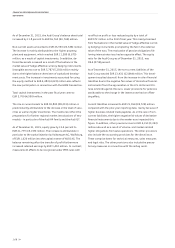 168
168 -
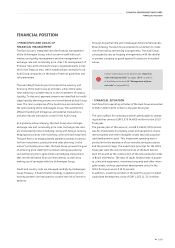 169
169 -
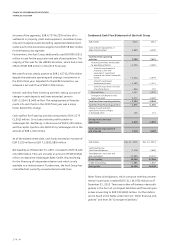 170
170 -
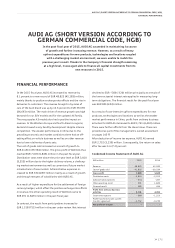 171
171 -
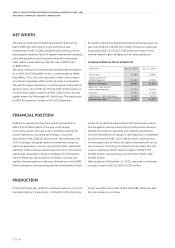 172
172 -
 173
173 -
 174
174 -
 175
175 -
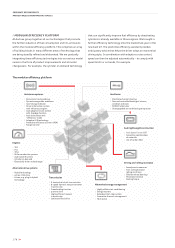 176
176 -
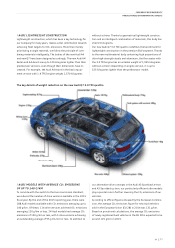 177
177 -
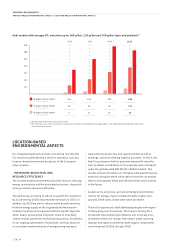 178
178 -
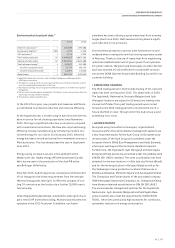 179
179 -
 180
180 -
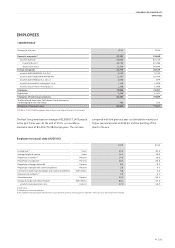 181
181 -
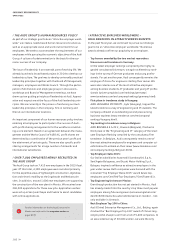 182
182 -
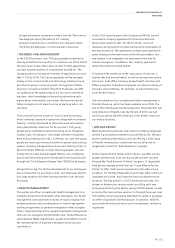 183
183 -
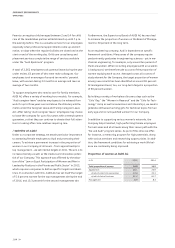 184
184 -
 185
185 -
 186
186 -
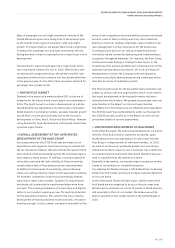 187
187 -
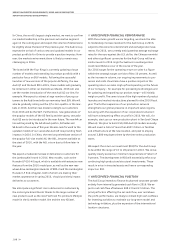 188
188 -
 189
189 -
 190
190 -
 191
191 -
 192
192 -
 193
193 -
 194
194 -
 195
195 -
 196
196 -
 197
197 -
 198
198 -
 199
199 -
 200
200 -
 201
201 -
 202
202 -
 203
203 -
 204
204 -
 205
205 -
 206
206 -
 207
207 -
 208
208 -
 209
209 -
 210
210 -
 211
211 -
 212
212 -
 213
213 -
 214
214 -
 215
215 -
 216
216 -
 217
217 -
 218
218 -
 219
219 -
 220
220 -
 221
221 -
 222
222 -
 223
223 -
 224
224 -
 225
225 -
 226
226 -
 227
227 -
 228
228 -
 229
229 -
 230
230 -
 231
231 -
 232
232 -
 233
233 -
 234
234 -
 235
235 -
 236
236 -
 237
237 -
 238
238 -
 239
239 -
 240
240 -
 241
241 -
 242
242 -
 243
243 -
 244
244 -
 245
245 -
 246
246 -
 247
247 -
 248
248 -
 249
249 -
 250
250 -
 251
251 -
 252
252 -
 253
253 -
 254
254 -
 255
255 -
 256
256 -
 257
257 -
 258
258 -
 259
259 -
 260
260 -
 261
261 -
 262
262 -
 263
263 -
 264
264 -
 265
265 -
 266
266 -
 267
267 -
 268
268 -
 269
269 -
 270
270 -
 271
271 -
 272
272 -
 273
273 -
 274
274 -
 275
275 -
 276
276 -
 277
277 -
 278
278 -
 279
279 -
 280
280 -
 281
281 -
 282
282 -
 283
283 -
 284
284 -
 285
285 -
 286
286 -
 287
287 -
 288
288 -
 289
289 -
 290
290 -
 291
291 -
 292
292 -
 293
293 -
 294
294 -
 295
295 -
 296
296 -
 297
297 -
 298
298 -
 299
299 -
 300
300
 |
 |

CORPORATE RESPONSIBILITY
PRODUCT-BASED ENVIRONMENTAL ASPECTS // LOCATION-BASED ENVIRONMENTAL ASPECTS
178 >>
Audi models with average CO2 emissions up to 140 g/km, 120 g/km and 100 g/km (year-end position) 1)
1) All data apply to features of the German market.
2) The 44 drive versions to Euro 5 emission standard still included in the 2014 figures no longer appear in the 2015 figures following the switch to the
Euro 6 emission standard.
LOCATION-BASED
ENVIRONMENTAL ASPECTS
Our integrated approach involves considering not only the
CO2 emissions generated by a vehicle’s operation, but also
location-based environmental aspects of the Company’s
value creation.
/EMISSIONS REDUCTION AND
RESOURCE EFFICIENCY
The location-based environmental activities focus on reducing
energy consumption and the associated emissions, along with
using production resources efficiently.
The Audi Group is striving to reduce its specific CO2 emissions
by 25 percent by 2018 compared with emissions in 2010. In
addition, by 2020 we aim to reduce carbon dioxide emissions
from the energy supply at the Ingolstadt and Neckarsulm
locations by 40 percent compared with the specific figure for
2010. Audi is pursuing the long-term vision of an entirely
carbon-neutral automotive manufacturing process. In addition
to our ongoing optimization of processes, we focus above all
on consistent implementation of energy-saving measures
when planning production and supply facilities as well as
buildings, and when defining logistics processes. In 2014, the
Audi Group became the first premium automobile manufac-
turer to obtain accreditation of its corporate carbon footprint
under the globally valid DIN EN ISO 14064 standard. This
process involves disclosing our Company-wide greenhouse gas
emissions along the entire value chain so that we can analyze
them in even greater detail and influence them more actively
in the future.
As well as CO2 emissions, we look at the key environmental
metrics for energy, organic solvents (volatile organic com-
pounds), fresh water, waste water and solid waste.
The Audi Group has set itself challenging targets with regard
to the sparing use of resources. The Group is striving for a
25 percent improvement per reference unit in the key envi-
ronmental metrics for energy, fresh water, waste requiring
disposal and organic solvents (volatile organic compounds)
over the period of 2010 through 2018.
2012 20142013
2013
Number of Audi models
≤ 140 g CO2/km 104
36
6
150
63
11
205
94
15
Number of Audi models
≤ 120 g CO2/km
Number of Audi models
≤ 100 g CO2/km
210
180
150
120
90
60
30
188
114
24
2015
2)
